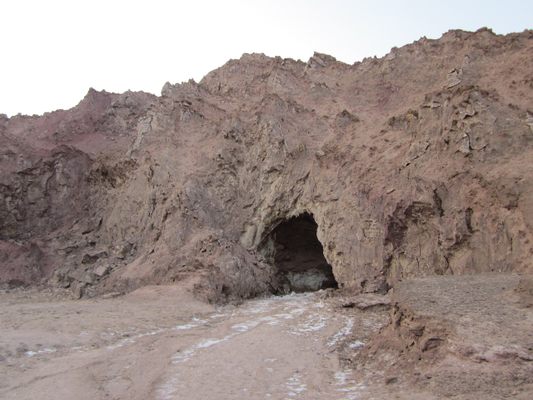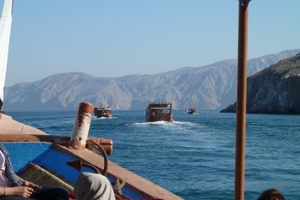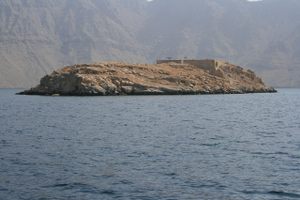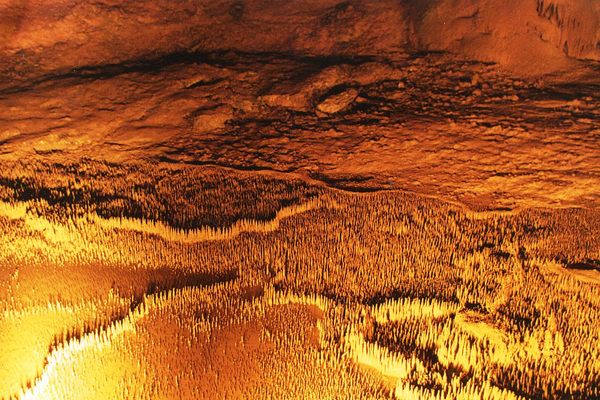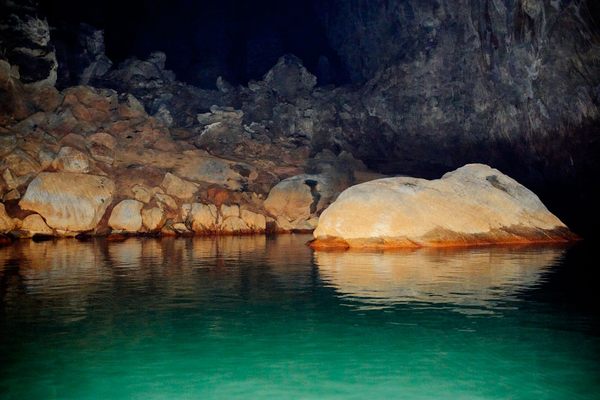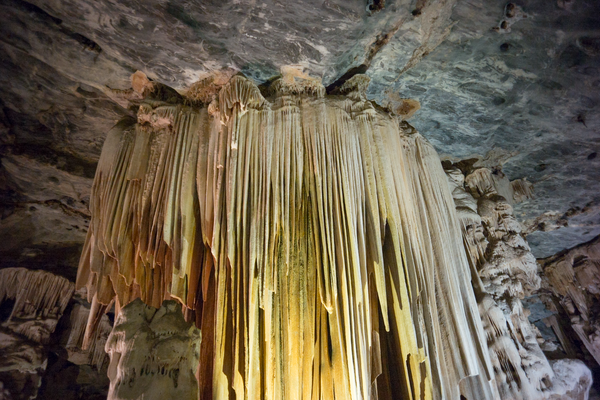About
Salt caves are, at least in a geological sense, very much alive. While, like other caves of chalk, marble, or gypsum the rock is dissolved by water that seeps in through cracks, unlike the other caves, changes in the shape of the salt cave can be over days rather than over millennia. Salt caves are fragile things, created and destroyed in a few hundred years.
"In limestone caves you can see signs saying don't touch the dripstones, they have been growing for thousands of years, whereas in the salt caves they grow for days or weeks after rain, when rainwater penetrates the rock, saturates it and in a month there are half-a-metre dripstones. We can practically watch them grow."
So said Michal Filippi one member of the Czech project Namak (which means salt in Persian) team which has been exploring this cave for over a decade. Filippi and Jiri Bruthans, who both started as students following their professor into the extremely hot cave in 1997.
"We were there in 1997 in the summer which was not a very clever idea because it is very hot there. The idea came from our professor Pavel Bosak who had worked there in 1990 and he found that in the area there were many large salt karsts and many caves and he could hardly find any information in the literature. He was giving a lecture at Charles University and we realized that this could be a very interesting place, so we tried to visit it."
Though the caves change rapidly, they are generally safe for the explorers. The caves tend to stay relatively dry and stable for long periods of time, often years, before sudden rains cause flash floods and subsequent corrosion of the salt and enlargement of the caves. During these times the salt caves are quite dangerous and cannot be entered.
The Czech team, having been the first to discover the caves, alongside their Iranian counterparts, got the chance to name many of the structures and areas of the caves.
"One of the caves is Ghar-e Daneshjoo which means The Students' Cave because the students were the main people who were carrying out the research in it."
One can only wonder how the Jeskyne Tri nahacu or "Cave of Three Naked Men" came to have its name.
Related Tags
Know Before You Go
Namakdan Mountain, Qeshm Island. The salt cave is found in the western part of the island. Just follow the signs with 'Salt caves' and you'll find your way. Only one of the entrances is open for people, entrance is free.
Community Contributors
Published
December 10, 2009
Sources
- http://www.saltcaves.info/
- http://www.radio.cz/en/article/74898
- http://www.speleogenesis.info/spotlights/3n_cave_gallery.php
- http://www.saltcaves.info/Gallery/tabid/356/mid/2040/GalleryID/5/Default.aspx
- https://caves.org/salt-caves/
- https://iugs-geoheritage.org/geoheritage_sites/namakdan-salt-dome/
- https://caves.org/salt-caves/


